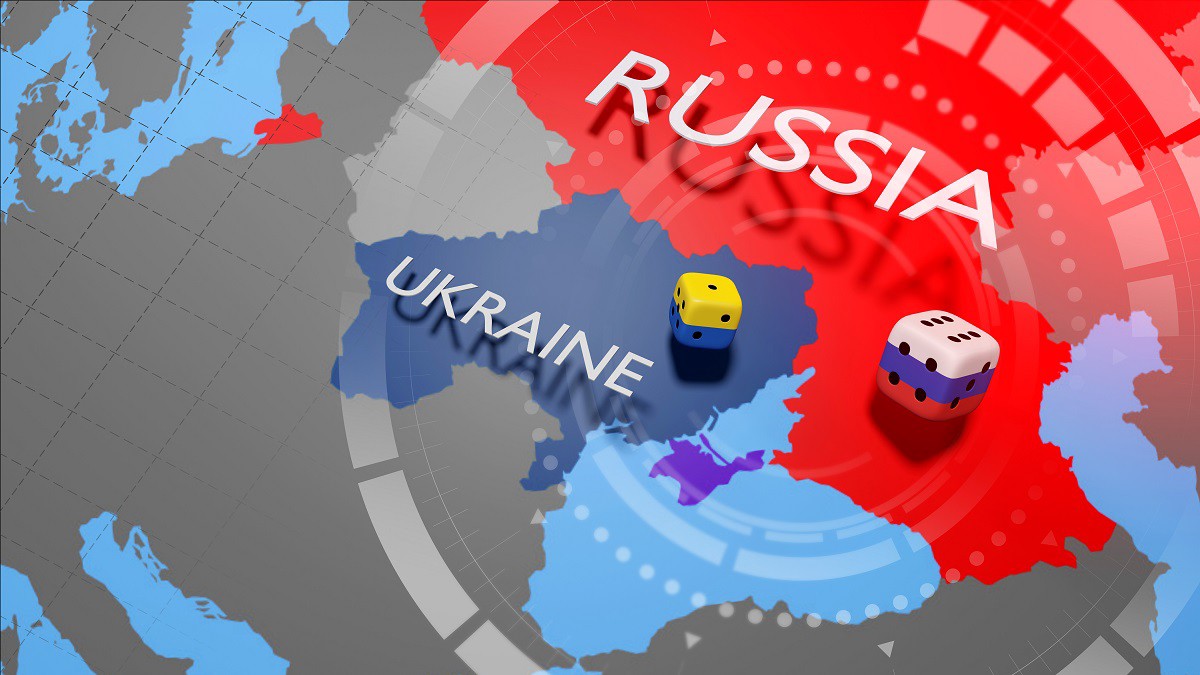In the realm of international policymaking, sometimes there are just no good options. And from the list of really bad options available to policymakers, economic sanctions are undoubtedly the least bad.
As an example, let’s look at the most recent use of sanctions by the international community in response to the Russian invasion of Ukraine.
There are three options available to states looking to intervene in the Russo-Ukraine conflict:
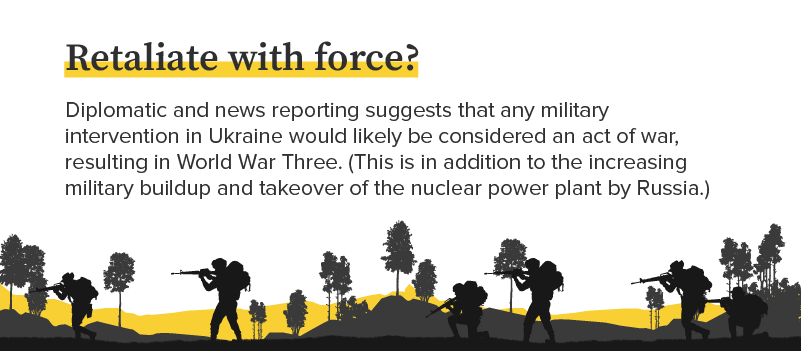

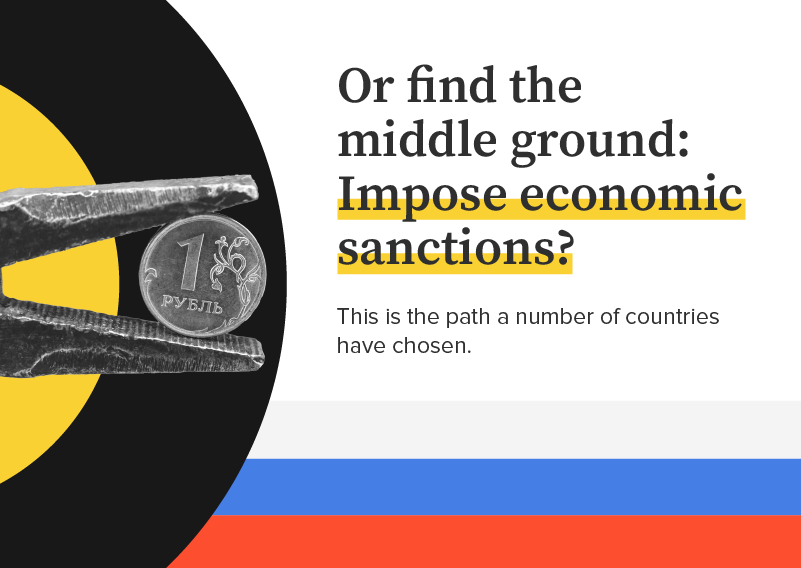
From travel bans and asset freezes to arms embargoes and trade restrictions, economic sanctions have become the foreign policy tool of choice for the leaders of many countries.
Sanctions are typically imposed when there is domestic pressure to act, where a diplomatic response seems too mild but military action would be too severe.
In recent years, economic sanctions have become especially popular with the United States Government for their ability to contain geopolitical shifts without the use of force. The US Government has more than two dozen sanction regimes imposed targeting specific countries (e.g., Cuba, Russia, Syria, Venezuela, and Iran) as well as groups participating in organized crime activities.
Do economic sanctions work?
Economic sanctions and their potential advantages are often misunderstood.
Critics typically believe that economic sanctions rarely succeed in altering the behaviour of target states and entities. They believe that sanctions promote country objectives rather than resolving geopolitical issues, and can have harmful socio-economic impacts.
This only appears to hold true in part.
Any sanctions regime is underpinned by the range of sanctions used and the extent to which they are applied vis-a-vis a country’s economic conditions. A round of sanctions is typically set to start with a low threshold — this is the best way to highlight the rising costs of trade and finance that the target nation will face in case of non-compliance.
But the success of a sanctions regime is not dependent on the extent of economic damage experienced by the target nation.
Instead, success relies on its application of pressure on the target nation by threatening an additional round of sanctions to deter unwanted actions.
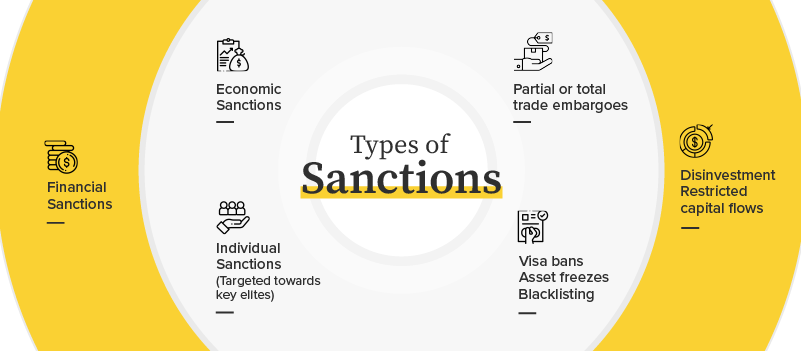
Since World War I, more than thirty sanctions regimes have been imposed to uphold international norms and deter objectionable future actions by targeted states and entities. In these instances, sanctions have proved to be more successful in achieving the unarticulated or less ambitious goals rather than the more prominently stated goals, often setting higher expectations for compliance than achieved.
Because of this, states continue to use economic sanctions as means for statecraft to facilitate future platforms for dialogue and negotiations.
An ever-evolving strategy
We can take another example to see how sanctions aren’t a one and done deal — rather, they’re a tool that continues to evolve as conditions change.
Since 1979, Iran has faced a series of sanctions, largely comprising unilateral sanctions by the US Government except for a brief period during the 1980s.
In 2015, Iran signed the Joint Comprehensive Plan of Action (JCPOA), largely suspending its nuclear program, in exchange for sanctions relief and a weapons embargo. Upon the 2016 International Atomic Energy Agency (IAEA) certification of Iran’s compliance and realization of its preliminary pledges, the US, European Union (EU), and United Nations (UN) repealed and/or suspended existing sanctions on the country.
In particular, the US Government’s suspension of its secondary sanctions placed on oil and petroleum exports, accounting for 80 percent of its total exports, relieved the Iranian economy significantly. Additionally, the release of US$100 billion worth of previously frozen Iranian assets aided Iran’s economic recovery from years of recession.
However, this was reversed in 2017 when the Trump administration withdrew from the JCPOA and resumed sanctions on the country, ultimately resulting in Iran taking more steps away from its nuclear pledges while negotiating with France, Germany, and the United Kingdom (UK) outside of the US banking system.
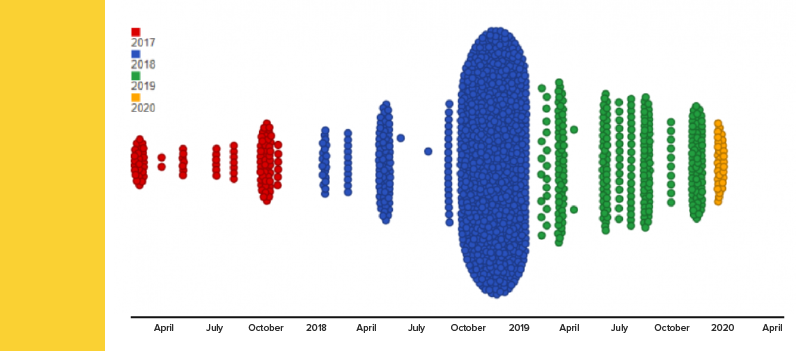
The US sanctions regime illustrates that not only do sanctions work best when applied multilaterally, but also illustrates the evolving nature of sanctions as reflected in the changing scope and motivation behind these measures.
While the longstanding US sanctions on Iran likely aim to further US foreign policy objectives of not creating a nuclear weapons state in a region mired in conflict, its objectives greatly overlap with the international community’s nuclear non proliferation and nuclear security efforts.
Arriving at a resolution for countries leaving nuclear weapons regimes while enabling clean energy solutions offered by nuclear technologies is not directly achieved by imposing sanctions regimes. However, it enables diplomatic discourse for long term solutions and compliance with international norms in the near term.
Forestalling crisis through sanctions in Russia
In the current context of the economic sanctions placed on Russia, critics of the regime widely believe that sanctions mainly levy heavy socio-economic costs on the Russian public rather than the government.
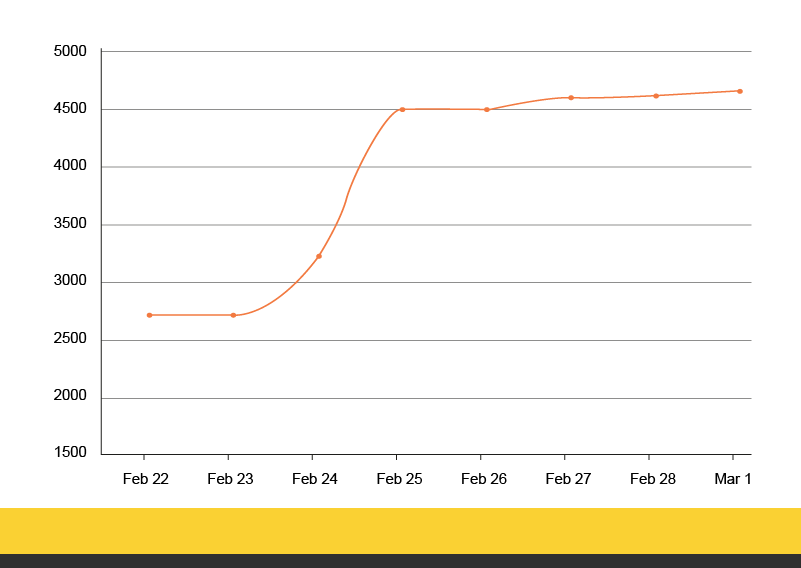

The US, Canada, the EU and other European countries (including Ukraine) have imposed sanctions on Russia to limit the ability of Russian people to access dollar reserves. These are perceived by critics as means of influencing local protests against the Russian government.
It is most important to note that the key objectives of these sanctions are not to catalyze popular uprising against the Russian state or president Putin.

Instead, sanctions are currently applied to make the Russian invasion of Ukraine as challenging, costly, and politically unpopular as possible. This is done in an effort to convince the Russian government to halt its invasion of Ukraine and possible future actions of invading all ex-Soviet states in the neighborhood. Sanctions are being used to help deter what is slowly becoming the start of World War Three.
Making the right impact
Of course, there is concern about better targeting through sanctions so that they impact the wealthy and powerful actors in the ecosystem while leaving out ordinary citizens.
Unfortunately, targeted sanctions cannot work in isolation. If influential and wealthy actors are targeted, they can inconvenience the less influential and wealthy actors to create a buffer. In this way, severe sanctions tend to have an impact beyond their originally intended audience.
While the incidental humanitarian impacts of economic sanctions cannot be ignored, their application helps slow down actions with even greater consequences for human life and livelihoods, such as an impending World War. In this sense, they’re powerful tools for change, with the potential to rewrite and reshape history.

